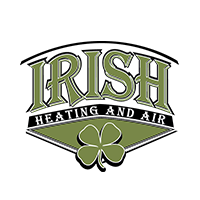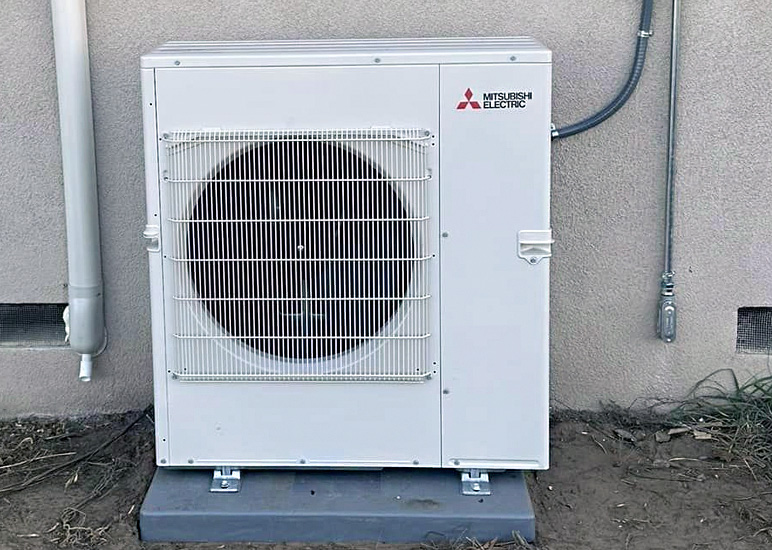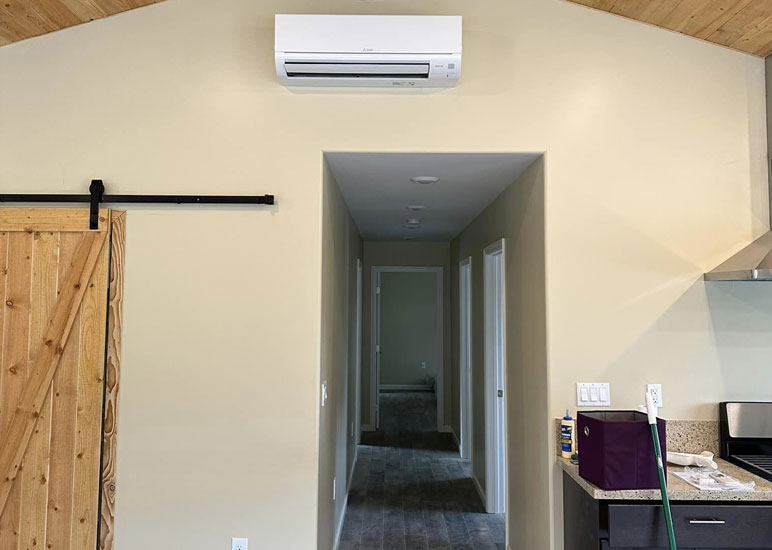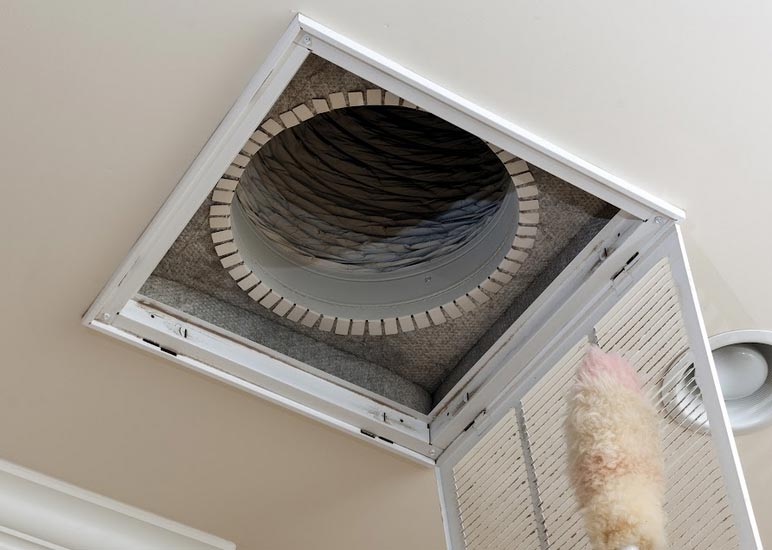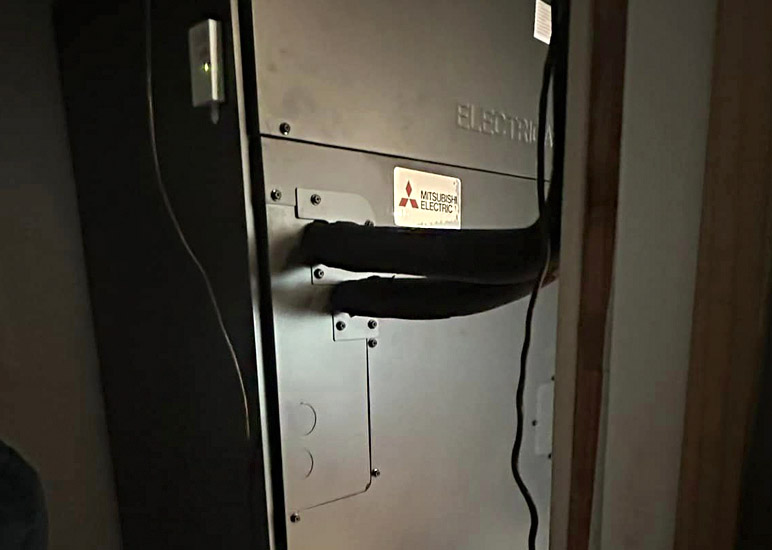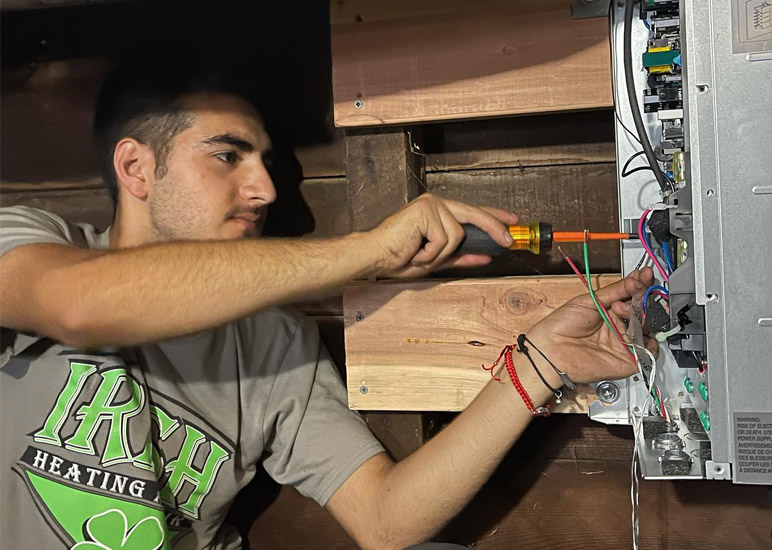We’ve all heard the myth that if you shut the vents or doors in unused spaces that it can help your heating or A/C bill. On the ground level this makes sense too. By shutting doors and closing vents, you are reducing the amount of space that needs to be heated or cooled. Unfortunately, your HVAC system doesn’t see it that way – it’s designed to keep your home at a constant temperature no matter what and do so as efficiently as it can.
Why Doesn’t Shutting Doors Lower My Air Conditioning Bill?
There’s lots of physics involved here, but in short, airflow. Your HVAC system is pumping air through its system to all of the rooms. By removing a room or series of rooms from that circuit, you may think you’re helping. In reality, you’re creating a pocket of low pressure. High pressure air always wants to move to lower pressure air and so the air from the part of your house that you want to hear or cool is always going to want to try to flow to the area that you don’t.
Air is a slippery thing – it will find a way into a room through something as small as a door crack. So instead of making things easier on your HVAC system, you’re actually making it harder by restricting the area that air can flow to by forcing it through a smaller space.
So I can’t shut my doors or vents to save energy…what do I do?
If you have to keep the doors shut in your home, consider a transfer grille. Transfer grilles are installed above the interior doors in your home and allow air to pass freely between the two spaces. These are best installed by an HVAC professional – if they’re not installed correctly they can inhibit the flow of air.
Additionally, you can install cold air returns in each room. Essentially, these returns are the same as the single return that you already have in your home, but allow for air to pass freely back to the air handler with the door shut. These will greatly increase efficiency either way, as air wouldn’t have to flow back to the central return in your home either way. Again, a professional would have to install these returns.
Finally, if you’re committed to saving energy and really don’t use certain areas of your home for extended periods, you may want to consider a zoned air conditioning system. A zoned air conditioning system generally requires two condensers, or a condenser that has a two stage setting, allowing for percentage cooling.
How Does Zoning Work?
Zoning works like this – your HVAC professional will help you determine which rooms don’t need to be heated or cooled all the time and which do. The rooms that must be heated and cooled at all times will be placed on Zone 1; those that do not will be placed on Zone 2. Generally, you’ll keep your HVAC system on Zone 1 with the doors and vents to Zone 2 shut – the HVAC system will have dampers and ducting to send air to the appropriate zones as needed. When you need to heat or cool Zone 2, simply switch it on. The thermostat will automatically move the dampeners out of position and voila! Heating or cooling in your second zone with no nasty pressure changes!
A note: zone systems can be expensive but can lower your bill dramatically if you’re heating and cooling areas you don’t use. Contact your local air conditioning specialist today to learn more. And if you’re in Modesto, Tracy, or anywhere in between, call us!
